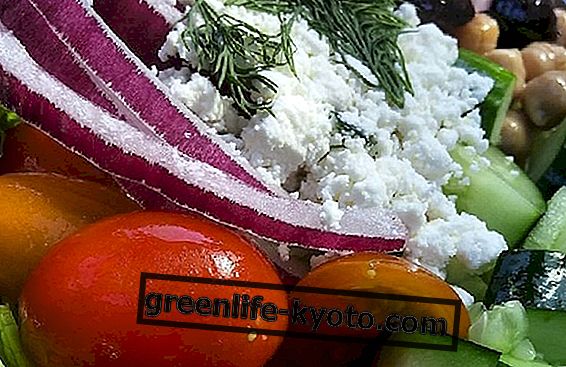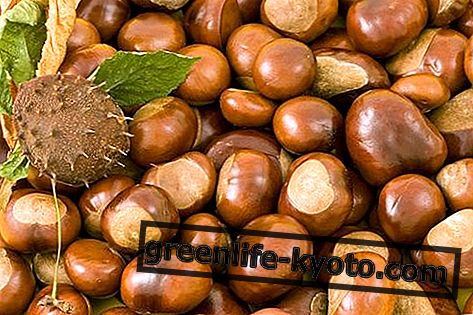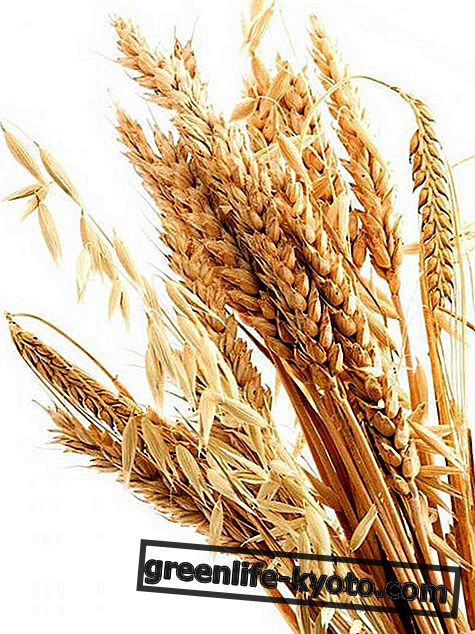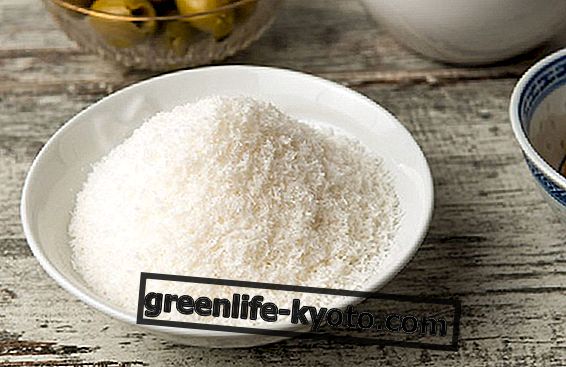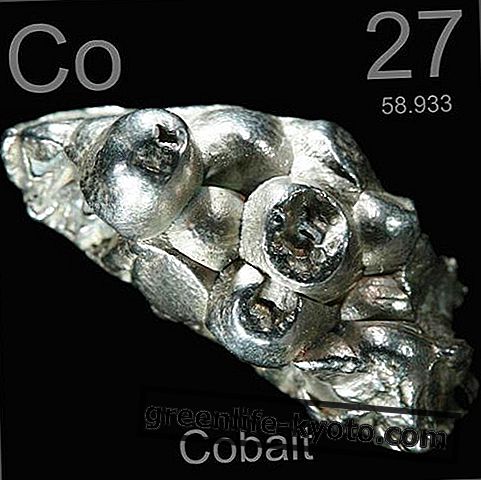Tarragon is a spice obtained from the Artemisia dracunculus plant. With digestive and depurative properties, it is a natural antiseptic useful for sore throat and toothache. Let's find out better.

Description of the plant
Tarragon ( Artemisia dracunculus ), also known as tarragon or dragon grass, is a perennial herbaceous plant of the Asteraceae family native to central Asia.
The tarragon flowers are small and green-yellow in color, gathered in inflorescences that recall the shape of the panicle. The leaves are emerald green, bright and very thin.
There are two different varieties :
- the Russian or Siberian tarragon, a more resistant and robust plant but with a less decisive taste
- the French tarragon, with darker and delicate leaves but also much more aromatic
Properties and benefits of tarragon
Tarragon is a spice with marked digestive properties : an infusion of leaves taken after meals promotes digestion and elimination of abdominal bloating.
This plant is also a natural antiseptic, useful for sore throats and inflammation of the oral cavity. Already in the time of the Greeks, tarragon leaves were chewed to relieve toothache.
The flavor of tarragon is pungent and aromatic, halfway between salt and pepper, so we can consider it an excellent natural flavor enhancer, useful for those who cannot take salt for health reasons. It also promotes the purification of the body by stimulating diuresis and combats inappetence.
Calories and nutritional values of tarragon
100 g of tarragon contain 295 kcal, and:
- Proteins 22.77 g
- Carbohydrates 50.22 g
- Fats 7.24 g
- Cholesterol 0 mg
- Dietary fiber 7.4 g
- Sodium 62 mg
- Alcohol 0 g
Tarragon as a food against high blood pressure: discover the others

Use in the kitchen
Tarragon has an aromatic, pungent and slightly bitter taste, with some notes of mint and celery.
The use of dried tarragon is not recommended because in the drying process this plant loses much of its flavor while, if eaten fresh, its aroma is very intense.
A good tip for keeping tarragon leaves and keeping them close at hand is to chop them and freeze them by pouring them into ice containers and covering them with water.
The use of this spice is very common in French cuisine, while in Italy it is characteristic of some Tuscan recipes.
Tarragon is perfect for flavoring eggs, meat, fish, seafood and various vegetables such as potatoes, tomatoes, asparagus and onions.
The fresh leaves are perfect to add to salads or to make sauces, including Bernese sauce, tartar sauce and tarragon sauce, claimed by the Sienese, made with spice leaves mixed with garlic and breadcrumbs. soaked in vinegar and olive oil.
With tarragon it is possible to flavor butter and vinegar, creating spicy seasonings to give an original touch to any recipe.
Another tasty use of this delicately peppery spice is to work the leaves with fresh cheese or cream and use the mixture to fill sandwiches to be enriched with tuna, ham or eggs.
Curiosity on the tarragon
On why this plant has been called tarragon, that is " small dragon ", there are several theories: the shape of the roots (reminiscent of a tangle of snakes) could justify the name, but the hypothesis that there is l ancient fame that this plant has to heal from the bites of poisonous snakes .
A legend tells how the plant arrived in Tuscany: a Sienese girl fell in love during the Napoleonic occupation of a dragon (a soldier on horseback). One day, shaking his boots from the window, the soldier dropped seeds in a vase that the girl kept on the windowsill. The dragon soon left to return to his country and from that vessel was born a fragrant seedling that the girl called tarragon, in memory of the love she had lived.
By Stefania Puma
